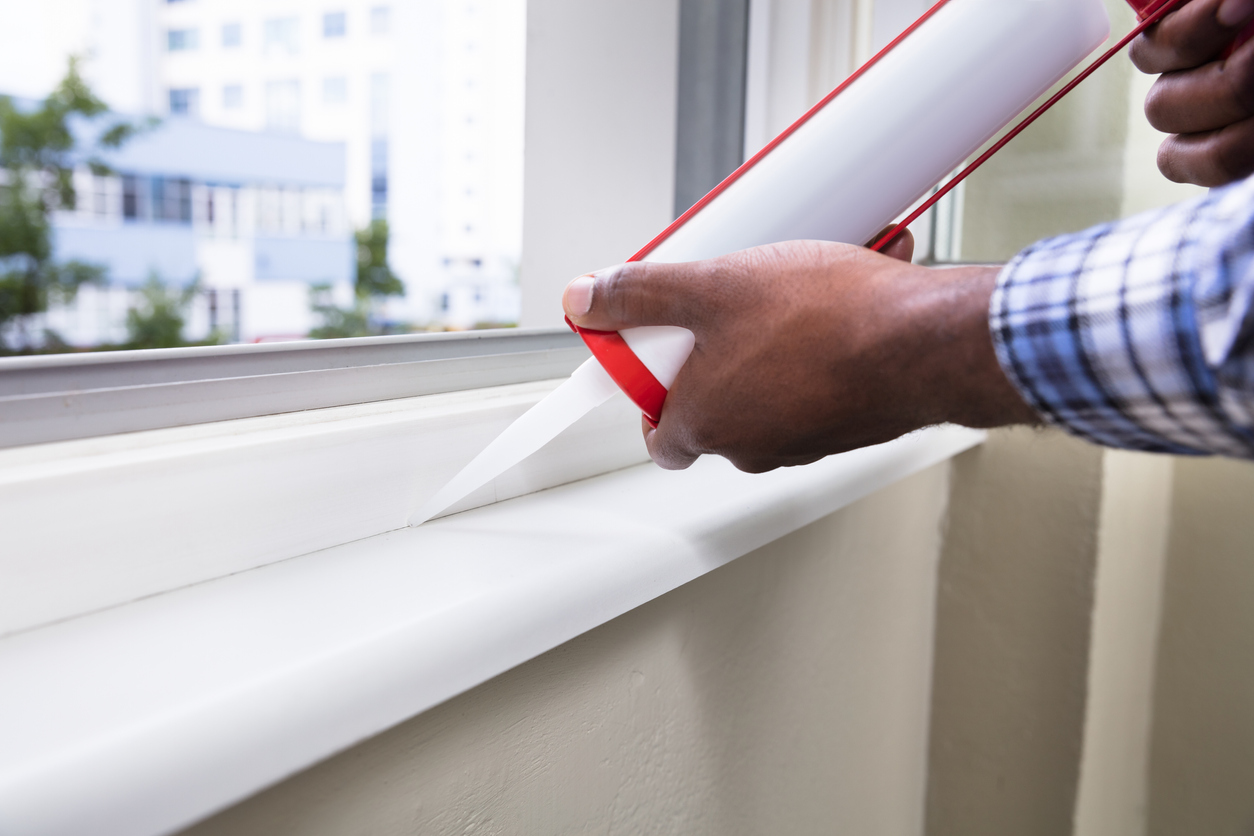How to Seal Gaps Around Your Home and Keep Pests Out
You’ve locked your doors, closed your windows, and even laid traps — but somehow, critters keep finding their way inside. If you’re wondering how pests are getting into your home or business, it’s time to do a sweep of your property for open cracks, crevices, and holes and close them up for good.
Sealing gaps yourself is a surprisingly easy and cost-effective way to prevent pests. With a quick trip to the hardware store and a little bit of elbow grease, you can stop bugs, rodents, and other unwelcome guests in their tracks.
Find Out Where Pests Are Getting In
The first step to keeping unwanted critters at bay is finding out where they’re coming from. Using a flashlight, do a walk-through of the inside and outside of your home or business. Look for small openings, cracks, and open vents.
Here are a few common places pests get into your home:
-
Unsealed window frames and doorjambs
-
Frames with worn or missing weather stripping
-
Entry points for cables
-
Gas line and pipe entry points
-
Chimneys
-
Attic and roof vents
-
Crawlspace gaps
Once you’ve determined where they’re coming in, it’s time to shut out the pests for good. Here’s how to seal these common entry points for rodents, bugs, spiders, and more.
Window and Door Exteriors
From the outside of your home, look for gaps between the walls and the window frames or door jambs. To seal these, use a caulk gun to apply an exterior grade caulk that either matches the color of your frame or is clear and can be painted. After applying your sealant, use a caulk finisher (or just your finger) to smooth it out.
Worn Weather Stripping
Got bugs? Check for gaps in the weather stripping on your doorways, windows, and garage doors. If you can see light through the cracks, pests can get in.
Replacing weather stripping is a cheap and easy DIY project with peel-and-stick stripping from your local hardware store. To seal smaller gaps without replacing the whole strip, you can also use a door corner seal.
Large Holes
Caulking may work for smaller cracks and gaps, but when it comes to larger holes like phone line penetrations and pipe entry points, expanding foam is your friend. (Just remember, expanding foam can be flammable, so keep it away from electrical boxes and other fire dangers.)
To keep out rodents, start by filling the gap with wire mesh or steel wool. Then, fill the space with expanding foam per the package instructions. Once your gap is closed, allow the foam to dry, trim off the excess, and sand it down for a smooth finish. If needed, you can cover it with paint.
Vents and Chimneys
For holes that require ventilation — like attic or roof vents and chimneys — you can use metal hardware cloth or metal lath to seal them up. This breathable mesh is excellent for keeping out larger pests like rodents, bats, and squirrels. Choose a fine mesh with spacing under 1/4 inch. Then, simply cut it down to size and staple it over the gap.
Need a Hand? Give Us a Call.
If you’ve tried sealing up your space, but pests are still finding a way in, it might be time to call the pros. Get in touch with us and we’ll help you find the source and remove pests, too.






 YouTube
YouTube Facebook
Facebook Twitter
Twitter